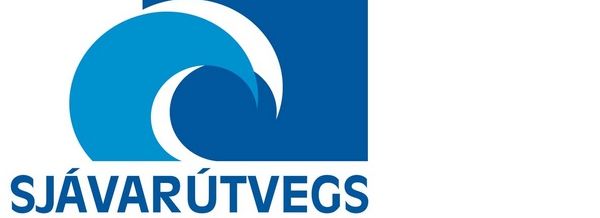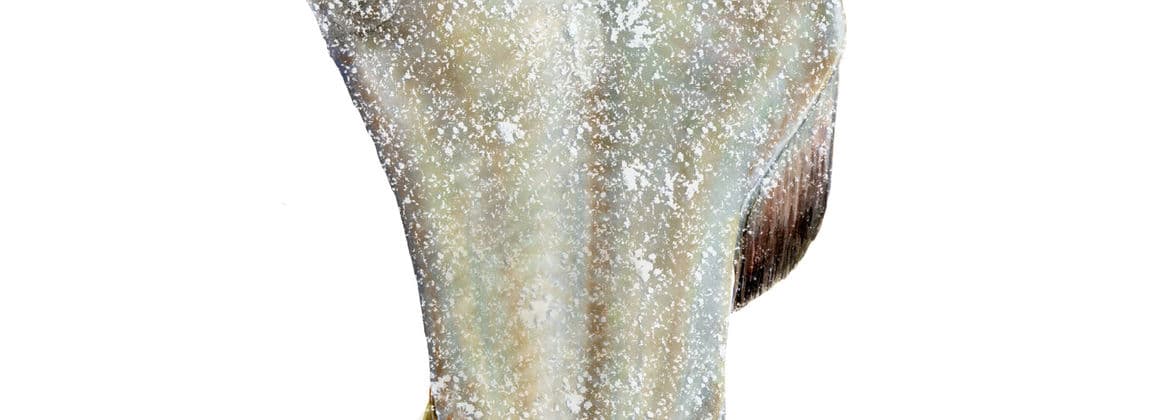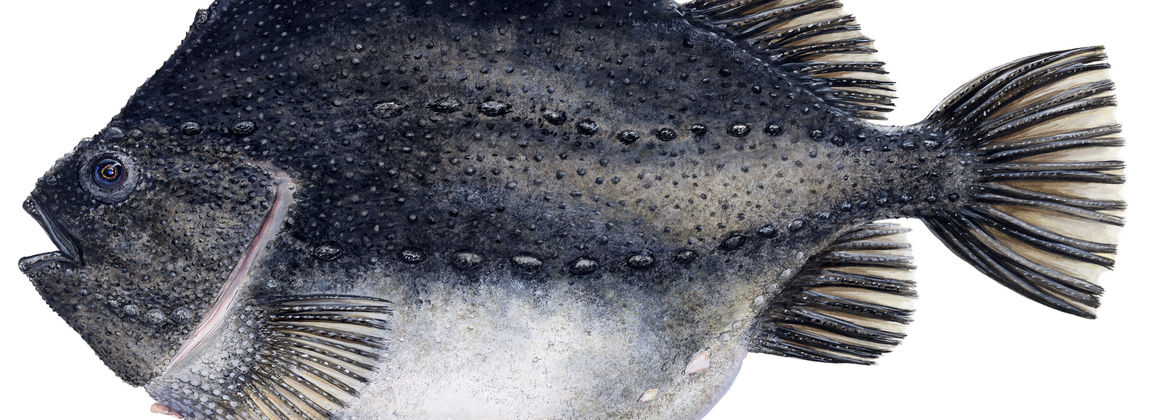To improve knowledge of this underutilized species, Fiskvinnslan Oddi in Patreksfjörður and Matís applied for a grant from the AVS Fisheries Research Fund for the project "Improved utilization of grayling products".
The Ministry of Fisheries and Agriculture's regulation, No. 1083/2010, obliges to bring all grayling catch ashore after 2011. It was therefore necessary to react quickly and find a market for the grayling itself, but only the roe had been harvested and the rest thrown into the sea. . A lot of entrepreneurial entrepreneurship had taken place for several years, and it is worth mentioning the National Association of Small Boat Owners and the export company Triton in that context, which together built up a market for grayling in the Chinese market, with a bang and all. It should be noted that the roe is about 30% by the weight of the grayling, while the whale with the head and tail is about 55%, of which the fillets are only 14% of its total weight.
There was a lot of work to be done and it was clear that there was great value in this underutilized fish species and great opportunities would be created in many sea settlements for the production and export of grayling: Increased income for fishermen and fishing as well as the sluice gutting was now mostly brought ashore. created a lot of work for parties in production. Guttering for the Chinese market is different from traditional guttering and requires more complex procedures, but it requires better working conditions that do not exist on board small fishing boats.
Iceland's average production of grayling roe 2002 - 2011 is 1,337 tonnes per year for export and the FOB value of production in 2011 was around ISK 2.55 billion, compared to ISK 3.84 billion a year earlier. It can be assumed that the total catch of grayling is about five thousand tonnes a year, and the total catch of roe deer is therefore just over that.
To improve knowledge of this underutilized species, Fiskvinnslan Oddi in Patreksfjörður and Matís applied for a grant from the AVS Fisheries Research Fund for the project "Improved utilization of grayling products". In the project, samples were taken from fishing areas from Skjálfandi and west and south from all the way to Faxaflói. This gave a comparison of grayling from different fishing areas as well as information on chemical and nutrient content as well as information on contaminants such as heavy metals. This is the basic information to sell your product and find a new and exciting market. Research was conducted at Matís laboratories at Vínlandsleið in Reykjavík.
In order to improve the treatment of gutting and meet new requirements made by the Chinese market, the National Association of Small Boat Owners and Matís agreed to single-leaf which was distributed to all grayling fisheries. The leaflet was informative with pictures and explanations of the correct procedures.
Matís in collaboration with Fiskvinnslan Drang in Drangsnes carried out an assessment of the quality issues of landed grayling, where, among other things, the temperature of the product was monitored from the beginning of the season to the end. There was also co-operation with the Directorate of Fisheries on monitoring the temperature of landed catches. As the season progressed and sea temperatures rose, it was almost the rule that fishermen used ice to cool their catch.
Matís then carried out an audit in collaboration with AtVest and with AVS 'support for fishing and processing of grayling in the Westfjords. Two reports were published by Matís, one on fishing and the other on the state of processing in the Westfjords, but as previously stated, there are great job opportunities in increased utilization of grayling.
The project Matís og Oddi, which is funded by AVS, assumed the development of a product for the domestic market. In view of the good export performance, and given the fact that fillet utilization is only about 14%, it was not considered appropriate to spend a lot of energy on that component. By utilizing domestic fillets, people are sweetened up with a whale and a head, which is the main part of the roe deer, but the Chinese use all the fish. In cooperation with manufacturers and exporters, it was therefore decided to look further at what needs to be done to further advance in the Chinese market, open up new possibilities and raise sales prices in the future.
It is admirable how well fishermen have responded to these changes by shifting their working methods to decades and adapting to the changes. Although the price that has been offered for the grayling is not high, all fishermen alone have taken the initiative well and made an effort to increase the value of the catch.
Since 1989, the National Association of Small Boat Owners has been collaborating with interested exporters, processors and, last but not least, Matís in developing processing methods and looking for a market for the grayling. Grásleppukarlar has followed on the sidelines with a positive attitude, including payment to the LS development and marketing fund that was used for these matters. The soil for change was therefore fertile and the harvest was plentiful, as can be seen in the current season with a 300 million increase in catch value from grayling fishing. Market conditions are good as it is not possible to meet the demand of the Chinese market.
For further information Gunnar Þórðarson, station manager of Matís in Ísafjörður.












